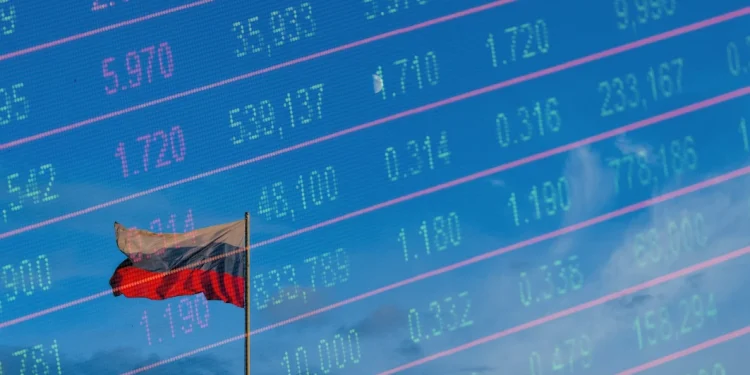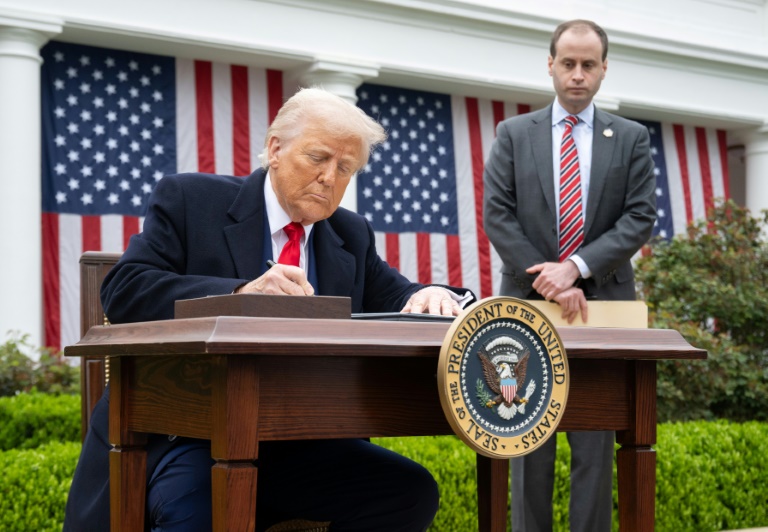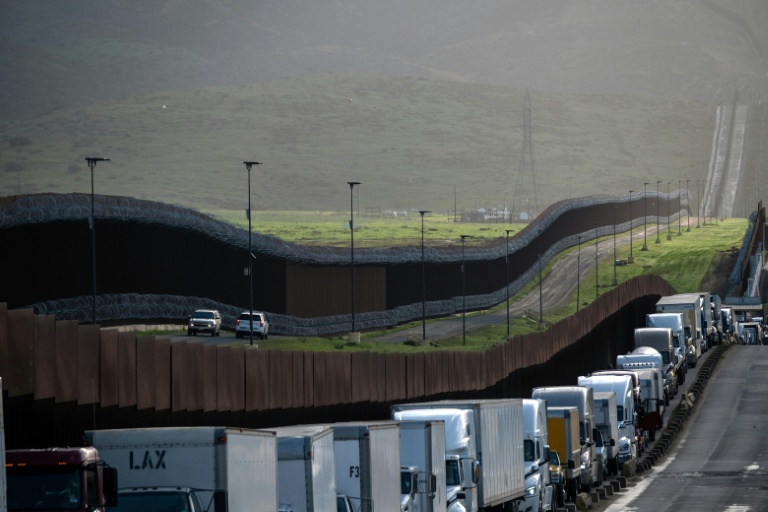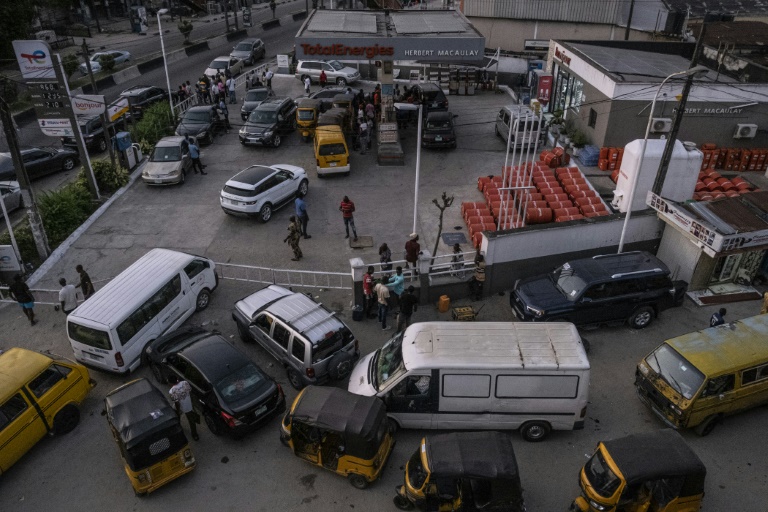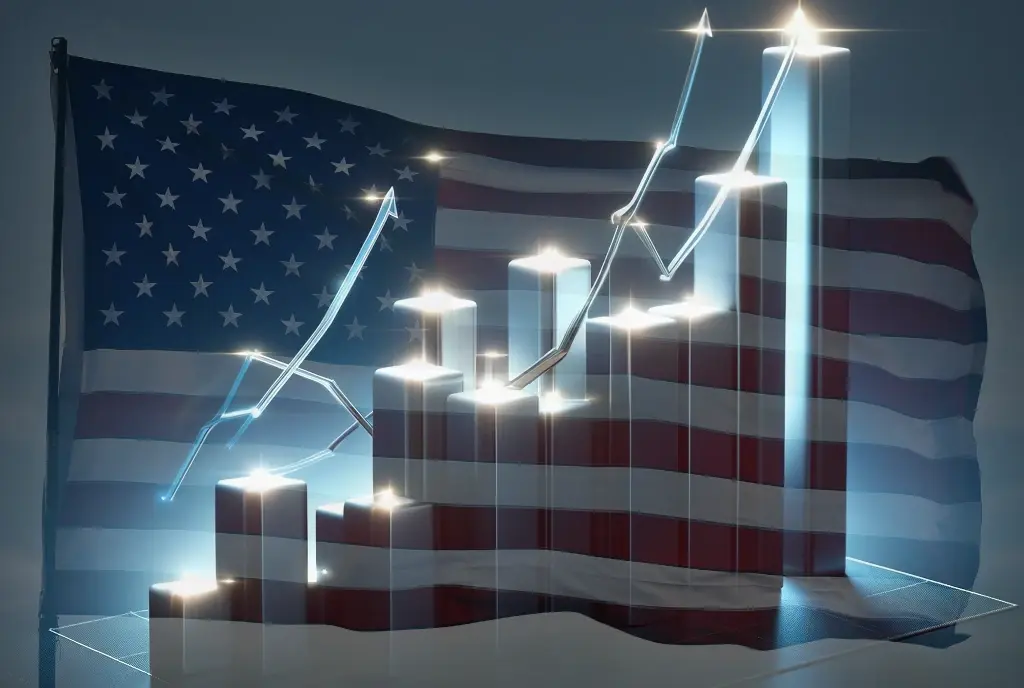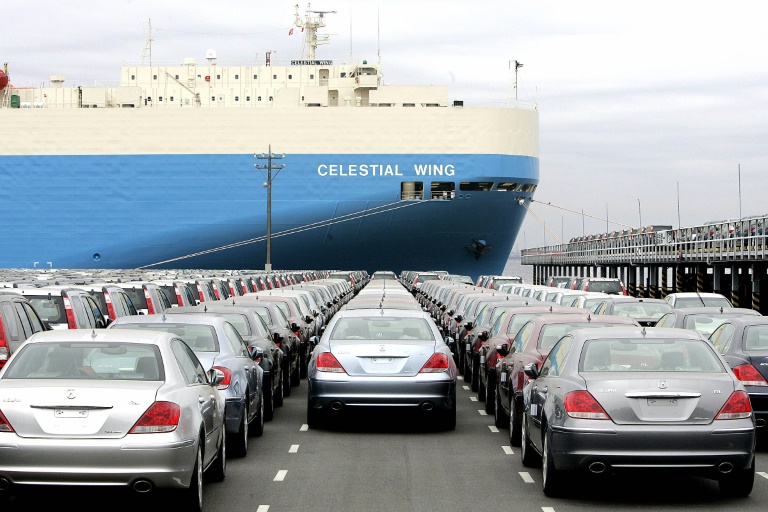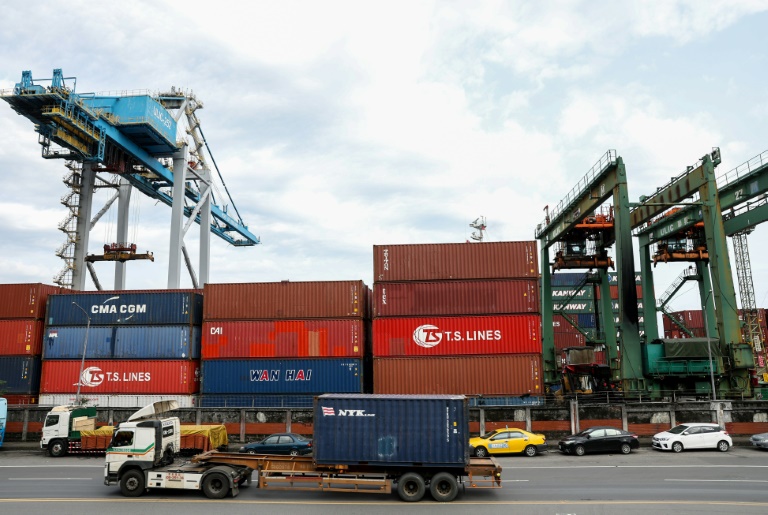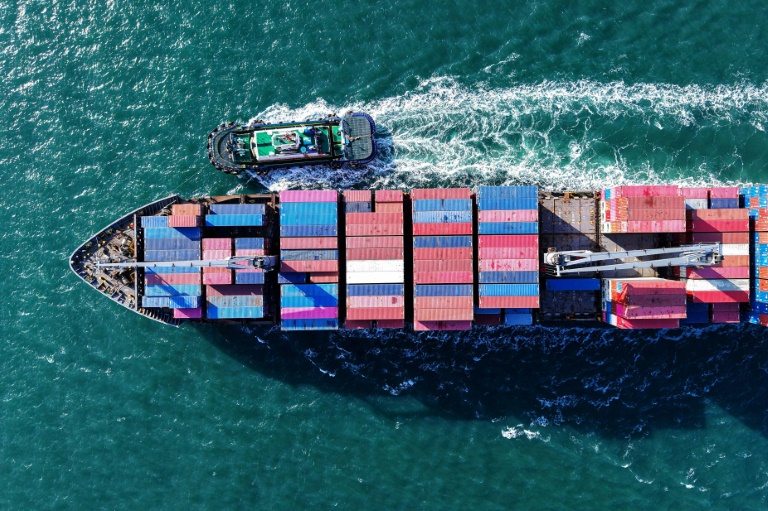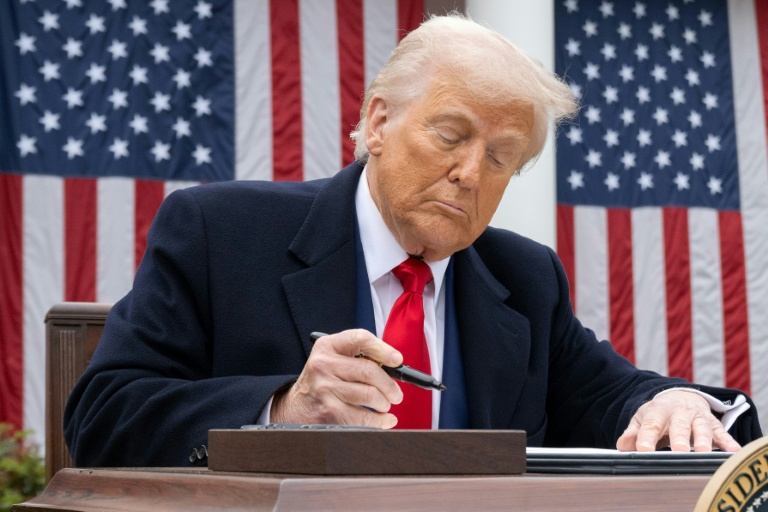For the G7 countries, the economic outlook is mixed with moderate growth anticipated. According to the IMF, advanced economies are expected to see a slight uptick in growth rates, from 1.6% in 2023 to about 1.7% in 2024, and reaching around 1.8% by 2025. This is indicative of a slow but steady recovery, leveraging policy adaptations and fiscal measures aimed at stabilizing the markets and fostering economic resilience.
In contrast, Russia’s economic forecast presents a unique scenario. The Russian economy is projected to grow, albeit at a pace that might not significantly outstrip that of the major developed economies. Despite facing numerous sanctions and economic isolations from the West, Russia is showing resilience with its GDP growth anticipated to be positive. However, specific growth figures for Russia in comparison to each G7 country weren’t detailed in the sources, but overall, the Russian economy is managing to maintain a semblance of stability and growth despite geopolitical tensions and external economic pressures.
The G7 economies, individually and collectively, are navigating a complex array of challenges including inflationary pressures, geopolitical tensions, and the lingering effects of the pandemic on supply chains and labor markets. The OECD also provides an analysis that mirrors this projection, indicating a general trend towards recovery, though the pace is gradual and fraught with potential setbacks depending on unfolding global economic events.
It’s important to consider that while Russia might appear to manage a steady course, the broader economic sanctions and the cost of ongoing geopolitical frictions could influence its economic trajectory in ways that are not yet fully predictable. Similarly, the G7’s recovery is not uniform, with each member country facing its own unique set of challenges and opportunities within the global economic framework.
Overall, while both Russia and the G7 nations are on paths to recovery, the complexities of their respective economic situations, influenced by both internal policy decisions and external geopolitical dynamics, suggest a cautious approach to predicting their economic futures. The interplay of these factors will undoubtedly shape the economic landscape in 2024 and beyond.

